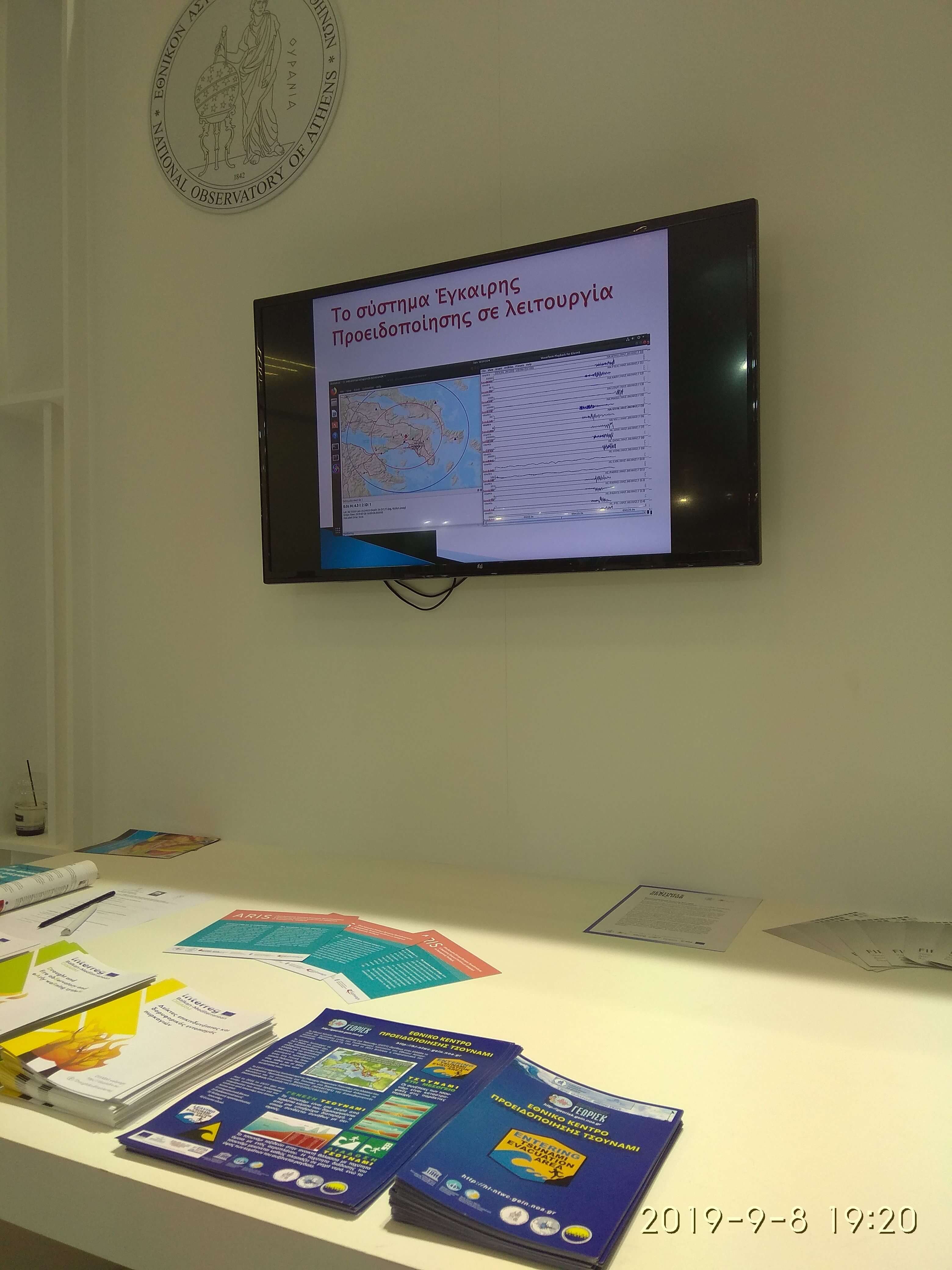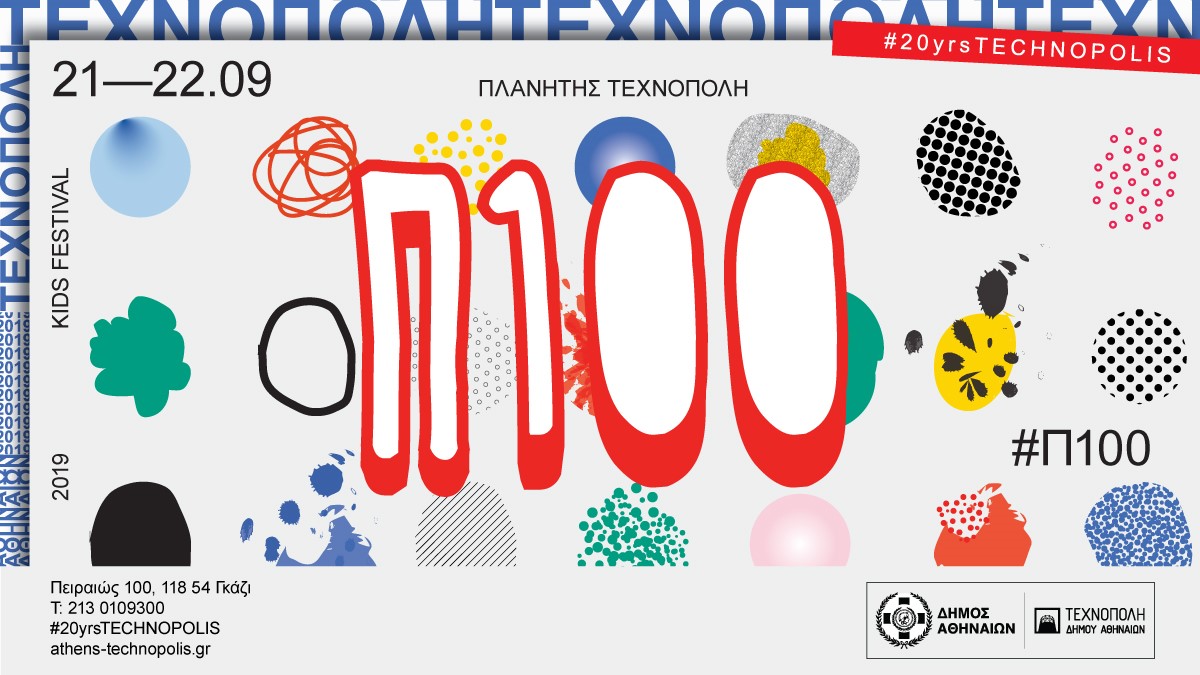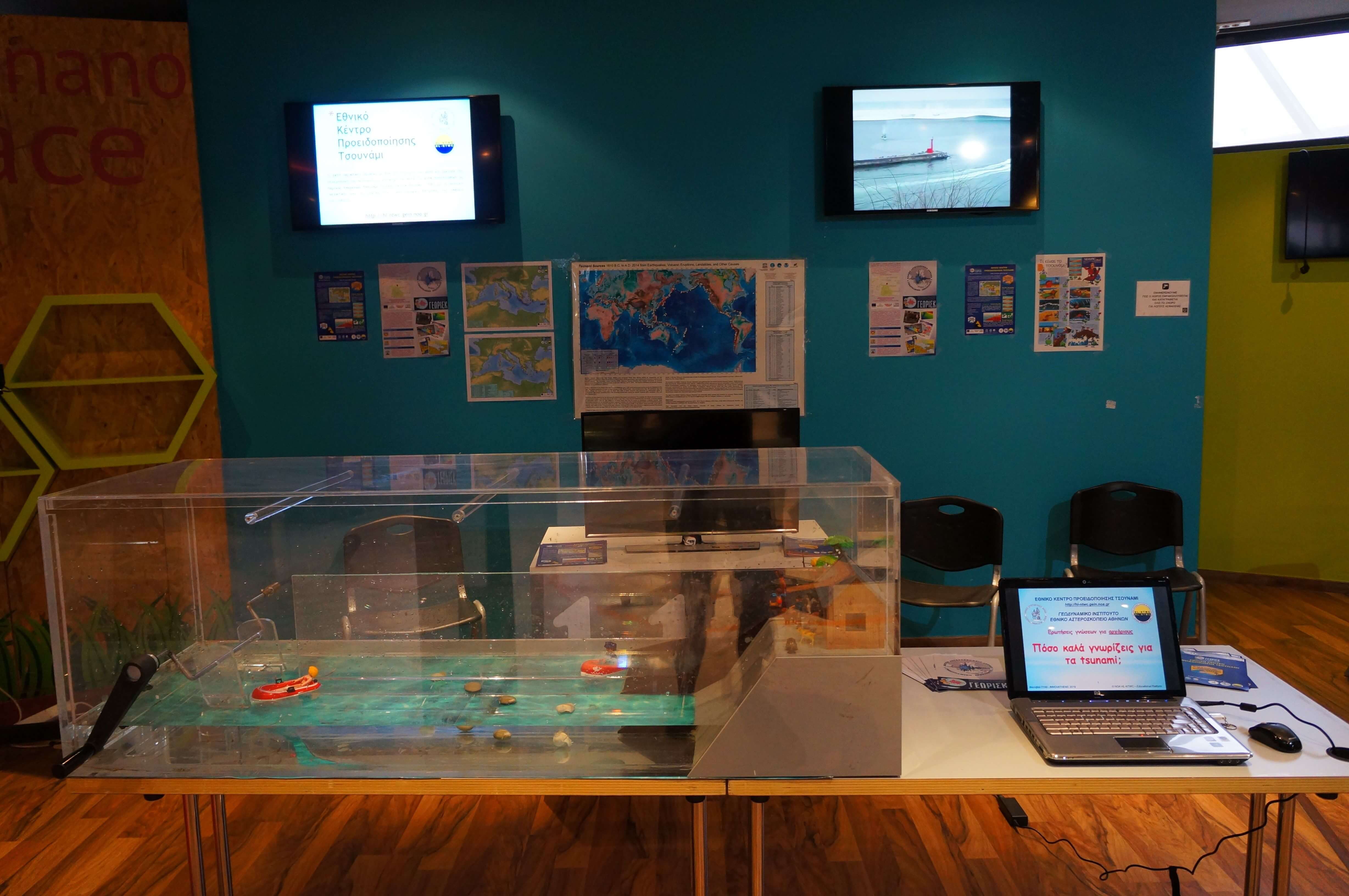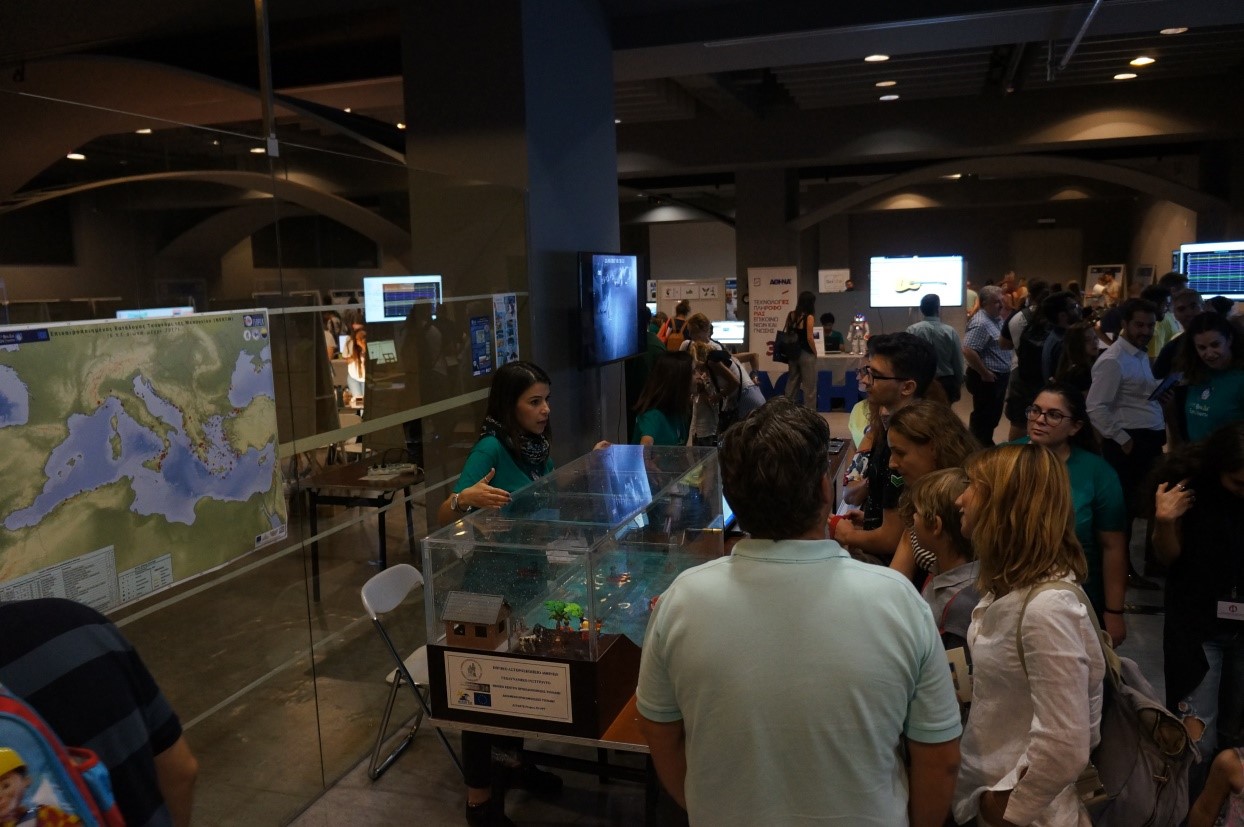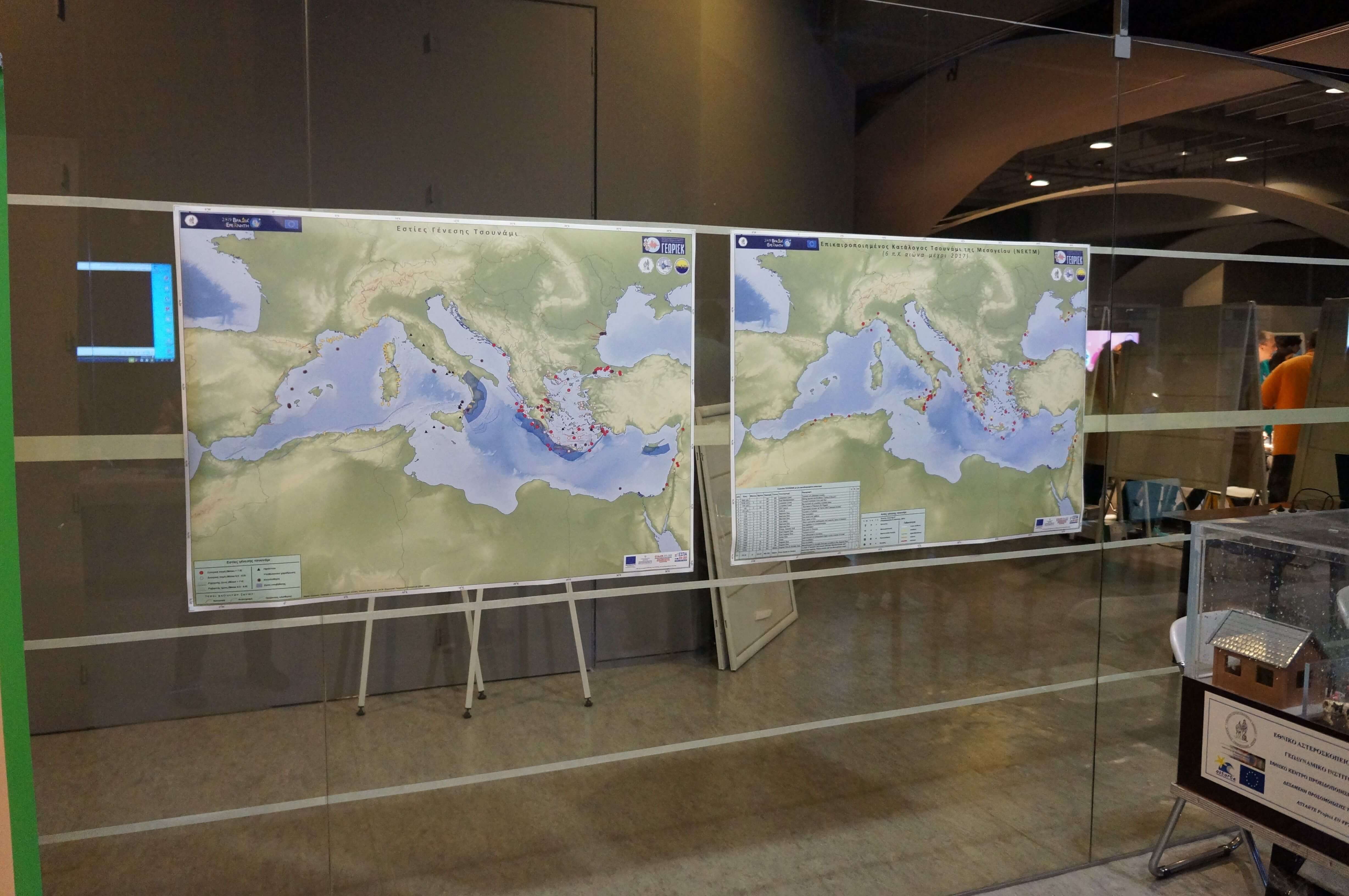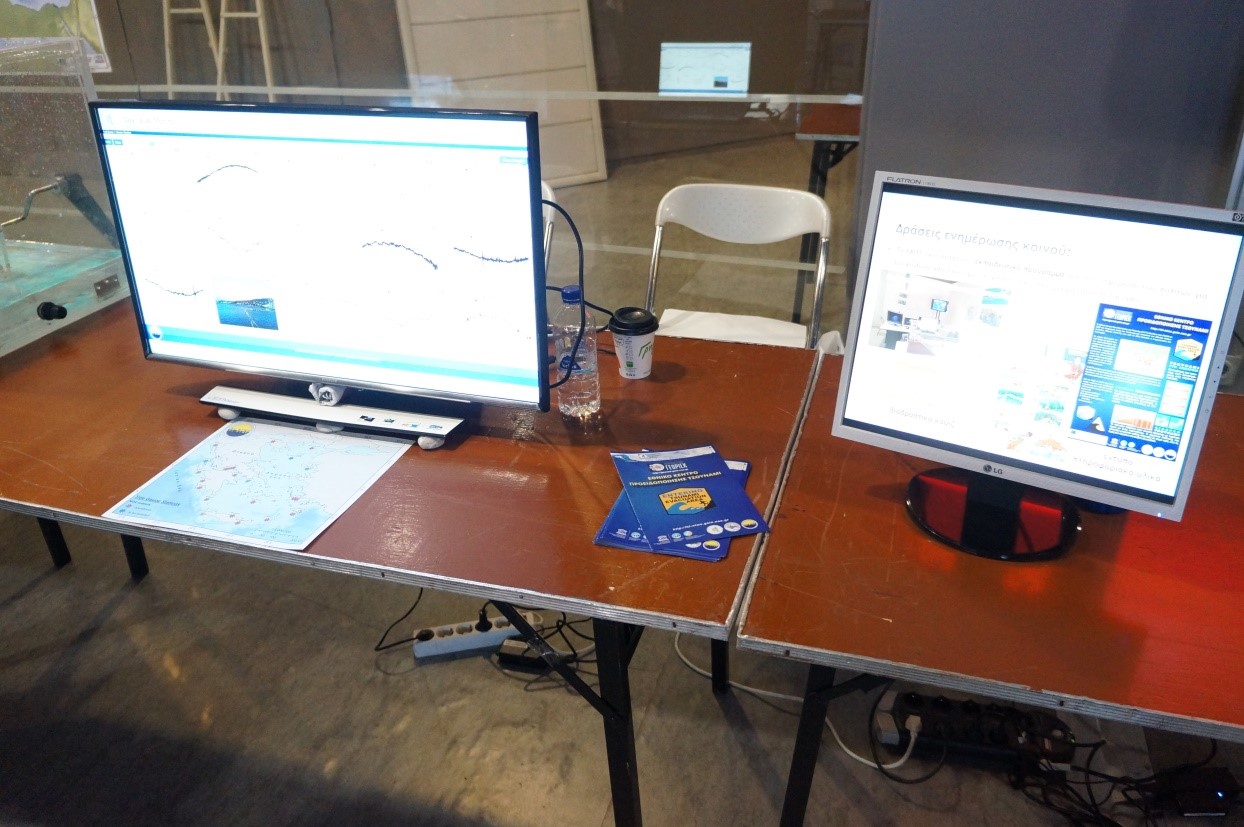Public Awareness Program
HL-NTWC has actively taken part in the activities of the NEAM Tsunami Information Centre NEAMTIC/IOC/UNESCO. Tsunami related educational material produced by NEAMTIC in the form of posters, e.g. “A Guide to Tsunamis for Hotel Guests” and “What a Tsunami is?”, was printed and disseminated to relevant organizations as a contribution to WP9 “Building Tsunami Resilient Societies” of EC-FP7 ASTARTE Project.
The NEAMTIC in collaboration with the ICG/NEAMTWS/IOC/UNESCO prepared the “NEAMTWS-10th Anniversary” volume. The HL-NTWC actively participated in the preparation of the volume.
In 2016, the HL-NTWC launched a public awareness program and developed a tsunami educational platform which consists of the next components: (i) a set of tsunami and earthquake videos, (ii) an interactive tsunami quiz-game, (iii) a water-tank for simplistic tsunami simulation, (iv) printed material. The HL-NTWC produced various educational events based on the tsunami platform exhibition:
- 3rd Research & Technology Festival, Athens, April 2016;
- 81st Thessaloniki International Fair, Thessaloniki, September 2016;
- The Researcher’s Night, a EU project, Athens, 30 September 2016;
- Visit of 160 school students from Bologna, NOA’s premises, Athens, 30 March 2017;
- High-school students education, Rhodes Isl., October 2017;
- 4th Research & Technology Festival, Athens, April 2018;
- 84th Thessaloniki International Fair, Thessaloniki, September 2019;
- P100-Planet Technopolis, Athens, September 2019;
- Researcher’s Night 2019, Athens, September 2019;
Also, the HL-NTWC Participated at the Tsunami Awareness Day organized by the National Tsunami Committee of Cyprus, Nicosia, November 2017.
Self-Protection
- In case of earthquake or of unusual sea level change (e.g. water fall or rise) do not gather in the beach.
- In such cases leave the beach immediately and run in higher ground inland.
- Encourage others (e.g. family members, friends) to do so.
- Also, stay away from rivers and streams that lead to the ocean, tsunamis travel easily through river channels.
- Follow the official announcements through the media.
- Usually a tsunami is not a single wave but a series of waves. The danger from a tsunami can last for several hours.
- Don’t go at the beach until a few hours have passed from the earthquake or an official announcement declares it is safe to go there.
- Boat owners can take their vessels out to sea if there is time and if permission is given by port authorities.
- People should not stay on boats moored in harbours since tsunamis may destroy boats.
- Vessels should not return to port if they are at sea and an earthquake has been felt onboard or tsunami warning has been issued for the area.



